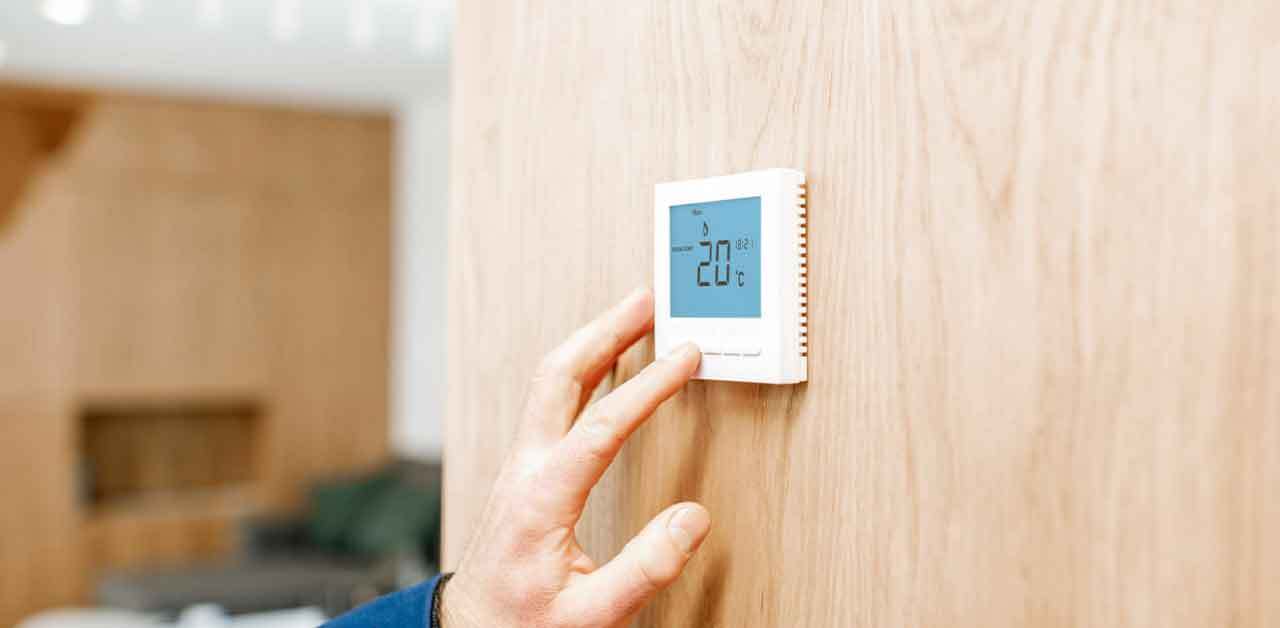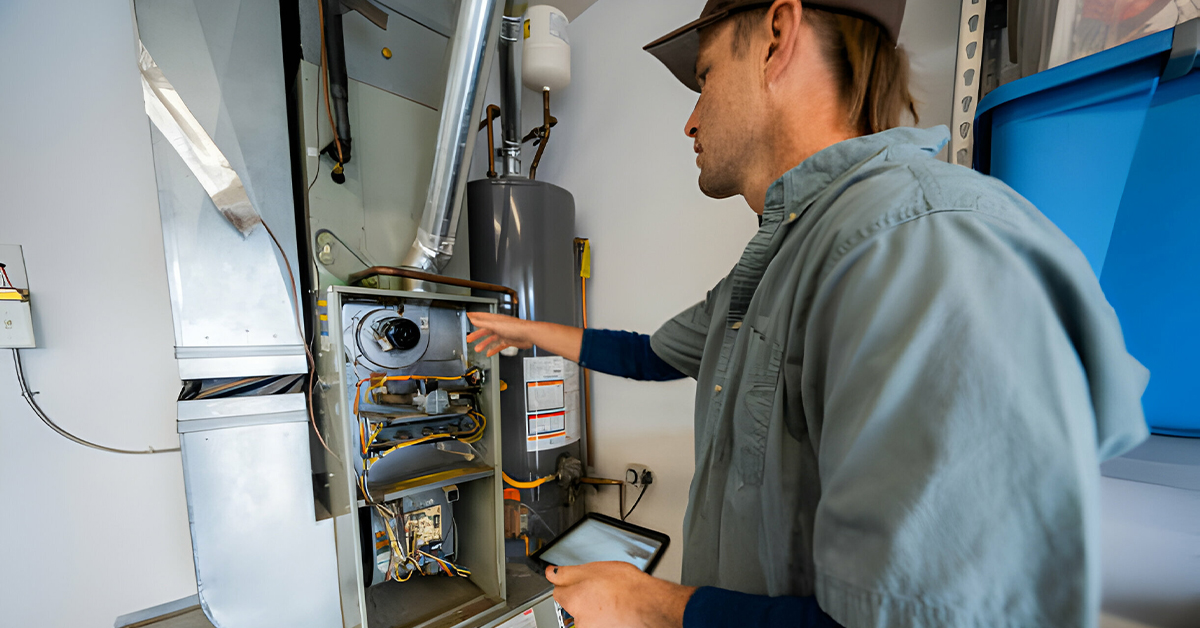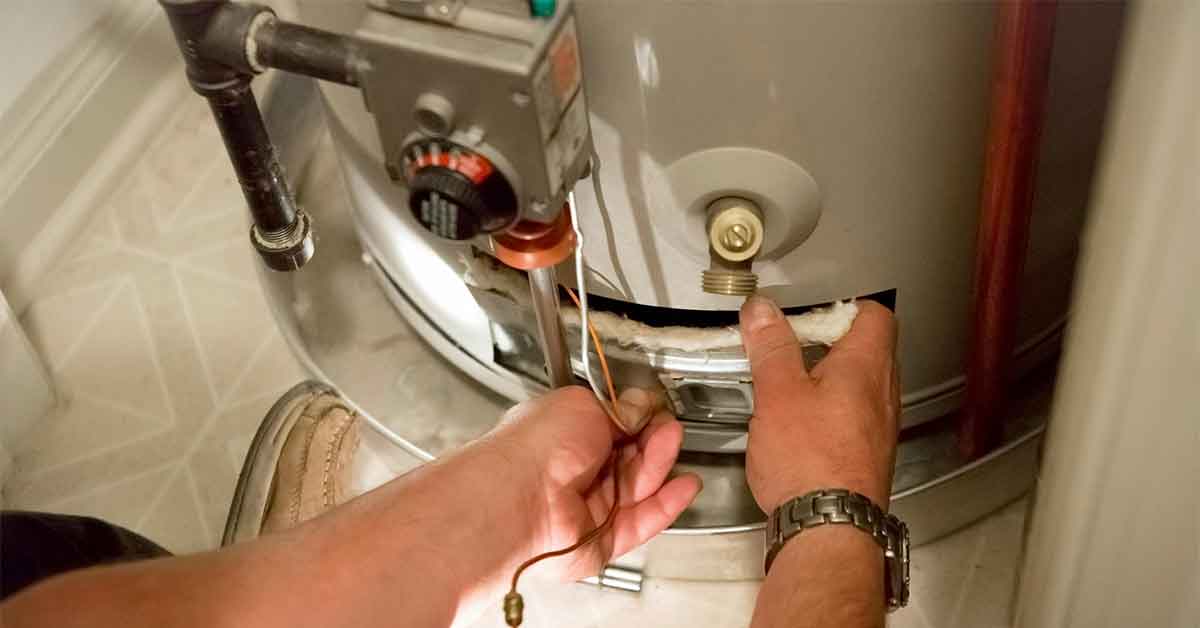Blog


Common Thermostat Problems and How to Troubleshoot Issues
A thermostat is a crucial component in our homes, subtly yet significantly impacting our daily comfort and energy efficiency. It acts as the command center for heating and cooling systems, but when it malfunctions, it can lead to discomfort and higher energy costs. Identifying and resolving issues with your thermostat is not just about restoring comfort; it’s also about ensuring your home’s energy efficiency and safety. This detailed guide will take you through a comprehensive approach to diagnosing and fixing a broken thermostat. From understanding common thermostat problems to exploring advanced troubleshooting methods, we’ll cover all aspects to help you efficiently resolve thermostat issues.
Understanding the Role of a Thermostat:
Before delving into troubleshooting, it’s essential to understand what a thermostat does. It regulates the temperature in your home by controlling the heating and cooling systems based on your preferred settings. Modern thermostats range from basic manual models to sophisticated programmable and smart thermostats, which offer enhanced control and energy-saving features. Regardless of the type, a properly functioning thermostat is key to maintaining a comfortable and cost-effective home environment.
Identifying Common Thermostat Problems:
Several signs indicate a thermostat issue:
Unresponsive or No Power: If the display is blank or doesn’t respond to adjustments, it might indicate a power issue or internal malfunction.
Heating/Cooling System Inactivation: If your heating or cooling system won’t start, it could be due to a wiring problem in the thermostat, preventing it from sending signals to the HVAC system.
Continuous Running: A constantly running system might be due to frayed wiring or incorrect calibration of the thermostat.
Inconsistent Room Temperatures: Discrepancies between actual room temperatures and thermostat settings can signify a malfunction, especially in homes without zoned heating/cooling.
Thermostat Aging: Most common thermostat problem is aging and it might be less accurate and more prone to issues compared to newer, more technologically advanced models.
Basic Troubleshooting Steps:
Start with these basic troubleshooting techniques:
Temperature Adjustment: Try setting the thermostat 5 degrees lower or higher than your usual setting, depending on the season.
Correct Mode Setting: Ensure the thermostat is set to “cool” in summer and “heat” in winter. Also, check if it’s set to “AUTO” instead of “ON” to prevent it from running continuously.
Battery Replacement: For digital thermostats, replacing the batteries can often solve power issues.
Cleaning Mechanical Thermostats: Dust accumulation can affect mechanical thermostats. Open and gently clean the inside.
Checking and Securing Wiring: Loose or disconnected wires can lead to several thermostat issues. Carefully check and secure all connections.
Proper Installation and Location: Ensure the thermostat is level and located in an area representative of average room temperatures, away from direct sunlight, drafts, doorways, and windows.
Advanced Troubleshooting and Repair Tips:
If basic steps don’t resolve the issue, consider these advanced tips:
Reset or Recalibrate: Some thermostats require resetting or recalibrating. Consult the manufacturer’s manual for specific instructions.
Inspect for External Damage: Check for any physical damage caused by environmental factors.
Professional Inspection and Repair: Complex wiring issues or persistent problems should be handled by a professional HVAC technician. They have the expertise to conduct thorough inspections and repair thermostats.
Upgrade to a Newer Model: If your thermostat is outdated, consider upgrading to a programmable or smart thermostat for better efficiency and control.
Environmental Considerations: Changes in your home’s environment, like renovations or new appliance installations, might affect thermostat performance. Also, consider the overall health of your HVAC system, as issues there can sometimes seem like common thermostat problems.
Review and Adjust Programming: For programmable thermostats, ensure the settings align with your current schedule and season. Incorrect programming can lead to perceived issues with the thermostat’s performance.
Preventive Measures and Regular Maintenance:
To avoid future issues:
Regular Cleaning: Dust and debris can accumulate inside the thermostat, affecting its functionality. Regularly clean it according to the manufacturer’s instructions.
Battery Maintenance: For thermostats with batteries, change them annually or as needed.
Periodic Inspections: Schedule regular inspections of your HVAC system, including the thermostat, to catch and address issues early.
Educate Yourself: Understanding the specifics of your thermostat model can help you better diagnose and fix issues. Keep the manual handy for reference.
Update Settings with Seasonal Changes: For programmable thermostats, update the settings as seasons change to ensure they align with your heating and cooling needs.
Conclusion
Dealing with a broken thermostat can be a frustrating experience, but with the right knowledge and approach, most issues can be resolved effectively. From simple battery changes to more complex wiring inspections, understanding how to troubleshoot your thermostat is an essential skill for maintaining a comfortable and energy-efficient home. Remember, when in doubt, seeking professional help is the safest option.




